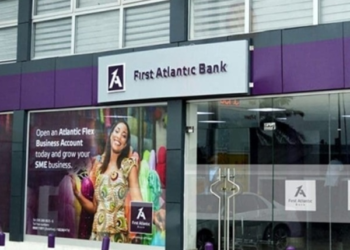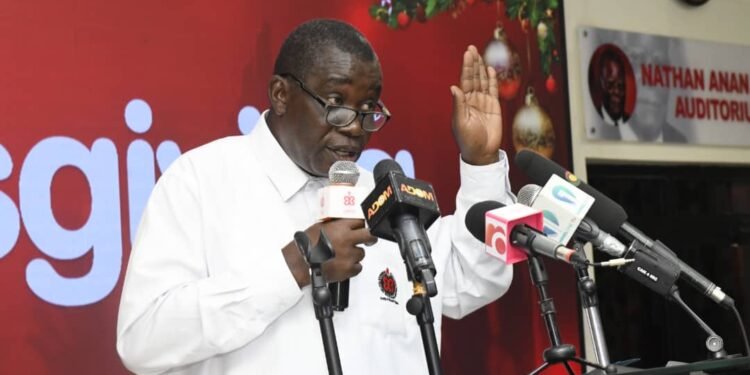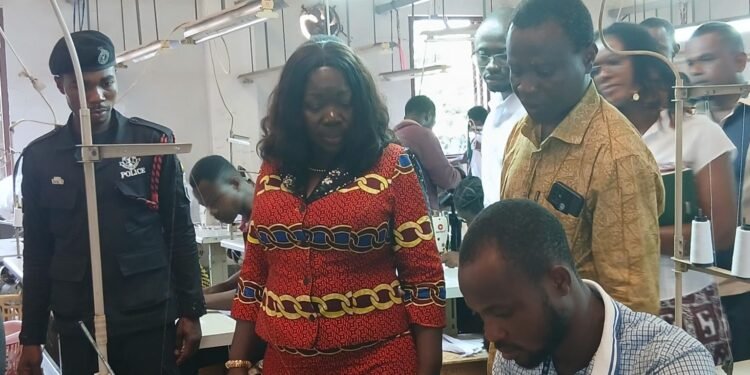In a bid to invigorate lending to the private sector and fuel economic expansion, the Bank of Ghana (BoG) has undertaken a significant recalibration of the Cash Reserve Ratio (CRR) for banks across the country.
This strategic maneuver, set to take effect in April 2024, marks a pivotal shift in monetary policy aimed at amplifying loan book expansion amid constrained policy support for broader economic growth.
The move comes at a crucial juncture, where fostering private sector credit growth is imperative for fostering economic resilience and prosperity.
Insights from GCB Capital underscore the significance of this intervention, emphasizing its potential to inject dynamism into the economy by channeling funds towards productive ventures and stimulating business activities.
Under the revised guidelines issued by the Monetary Policy Committee (MPC), banks will now operate under a differentiated CRR regime based on their Loan-Deposit (L/D) ratios. This complex approach aims to incentivize banks to bolster their lending activities while ensuring prudent risk management practices.
Banks maintaining an L/D ratio falling within the range of 40% to 55% will be subject to a revised CRR of 20%, providing them with greater liquidity to extend credit to the private sector.
Meanwhile, banks with an L/D ratio below 40% will face a slightly higher CRR requirement of 25%, encouraging them to ramp up lending activities to optimize their reserve holdings.
Conversely, banks that exhibit an L/D ratio surpassing the 55% threshold will continue to adhere to the existing 15% CRR, reflecting their robust lending posture and capacity to support economic expansion.
Growth in Banking Sector Deposits
Despite a robust 25.5% year-on-year growth in total banking sector deposits, reaching GHS224.4 billion—an increase of GHS45.6 billion—GCB Capital’s analysis reveals a stark disparity in loan growth.
Loans and advances saw a meagre uptick of 1.77% year-on-year, settling at GHS74.8 billion, a GHS1.3 billion increment.
While private sector credit managed a modest 5% growth to GHS68.8 billion, representing a GHS 3.3 billion rise, the real-term picture is less encouraging. Adjusted for inflation, private sector credit actually contracted by 14.7%, dwindling to GHS 331.1 million.
The data further highlights banks’ shifting investment strategies. Amid rising uncertainty in the operating landscape, banks have increasingly diverted their deposits toward safer avenues, notably the Government of Ghana Bills and Bank of Ghana Open Market Operation (OMO) Bills.
This cautious approach is underscored by a substantial 67.6% year-on-year surge in the investment portfolio, amounting to an additional GHS 53.6 billion.
This recalibration of the CRR highlights the BoG’s proactive stance in championing the intricacies of monetary policy to drive sustainable economic growth.
By aligning reserve requirements with banks’ lending behavior, the central bank aims to strike a balance between liquidity management and credit facilitation.
Furthermore, the move highlights the BoG’s commitment to fostering a conducive environment for private sector development, recognizing the pivotal role of robust credit growth in underpinning economic resilience and prosperity.
By providing banks with the flexibility to adjust their reserve holdings in line with their lending activities, the BoG aims to catalyze investment, spur job creation, and propel overall economic expansion.
As the recalibrated CRR takes effect, all eyes will be on the banking sector’s response and its impact on private sector credit growth. With enhanced liquidity and incentivized lending, banks are poised to play a more proactive role in driving economic resurgence, laying the groundwork for sustained prosperity and inclusive growth in Ghana’s economy.























